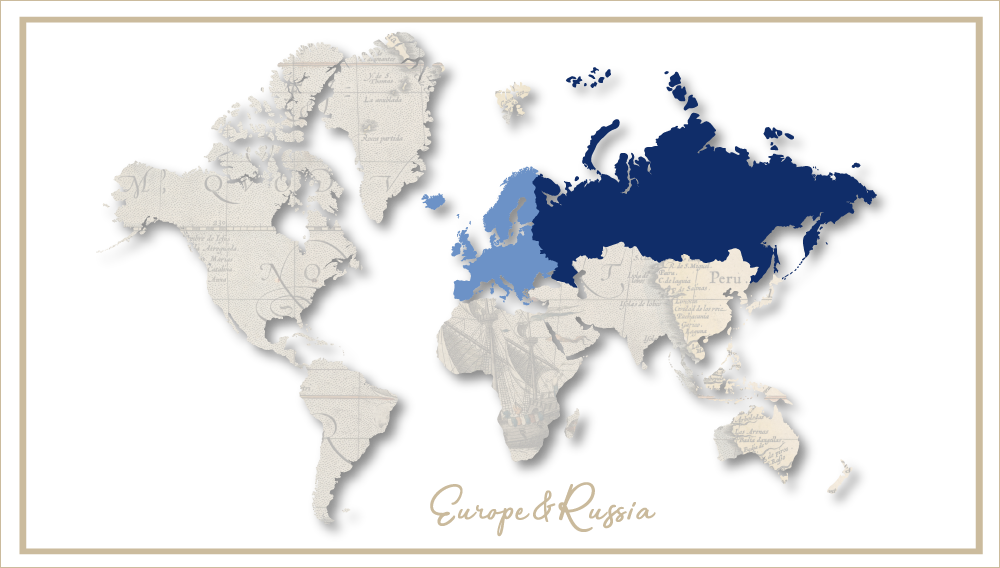Pernod Ricard restructures its brand portfolio
According to a corporate press release, Premium Wine Brands will be in charge of the development and global strategy of Pernod Ricard’s wine brands. The portfolio includes: Australian wines (Jacob’s Creek), New Zealand wines (Montana and Brancott), as well as Spanish and Argentinean wine brands with international potential (Campo Viejo and Graffigna). The new company’s objective is to accelerate the international development of these brands within the Pernod Ricard distribution network.
Premium Wine Brands – that’s a euphemism if ever there was one. Jacob’s Creek is a no-frills, cheap-as-chips brand, even though the wines are technically well made and, accordingly, represent excellent value for money. If Jacob’s Creek is anything, it’s a mass-market, easy-on-the-pocket brand – and definitely not a premium brand.
Although the brand has great allure, Pernod’s wine division will find it difficult to achieve the margins the vodka brands are accustomed it. Why did they split it off, then? To make the wine divisions’ executives stand on their toes?
Sure, Jean-Christophe Coutures, who is currently Chairman and CEO of Pernod Ricard Pacific and will become Chairman and CEO of Premium Wine Brands, knows what he is in for: a rough ride.
On 22 July 2010, Pernod Ricard reported that for the full year 2009/10 (ended 30 June 2010), its organic sales growth reached 2 percent, driven by its Top 14 brands which include Mumm Champagne and Glenlivet Whiskey. After taking into consideration a negative foreign exchange effect of around 1 percent (which turned positive during the second half of its financial year) and a negative group structure effect of 3 percent, relating mainly to the disposal of the Wild Turkey and Tia Maria brands, full year sales have declined 2 percent.
The strong sales growth over the second half-year (+9 percent) was aided by a gradual recovery in consumer spending in mature markets, higher growth momentum in emerging markets and favourable comparatives, in particular in the third quarter.
Asia and Latin America remained very buoyant, says Pernod Ricard. The improved trend was confirmed in eastern Europe, the U.S. and Duty Free markets. Sales continued to decline overall in western Europe, especially in Spain, in the UK, and more recently in Greece.
For the full 2009/2010 financial year, Pernod Ricard targets an organic growth in profit from recurring operations of between 3 percent and 4 percent (compared to about 3 percent previously), although it has increased its advertising and promotional expenditure as planned.
Pernod Ricard will release its 2009/10 results on 2 September 2010.


